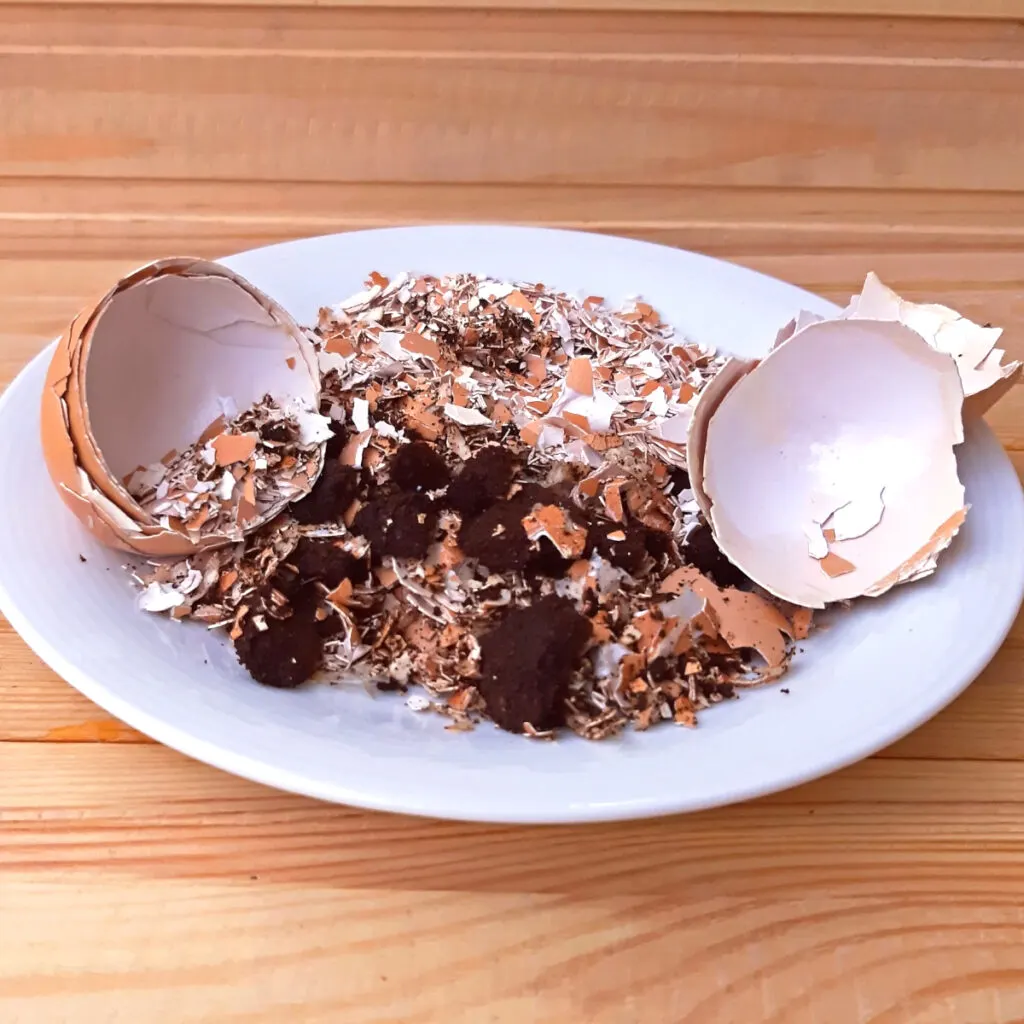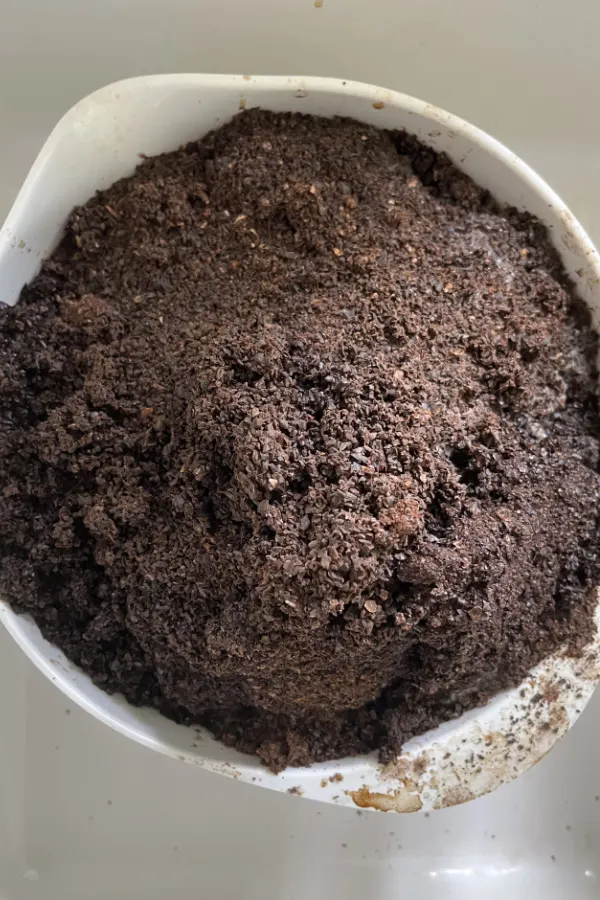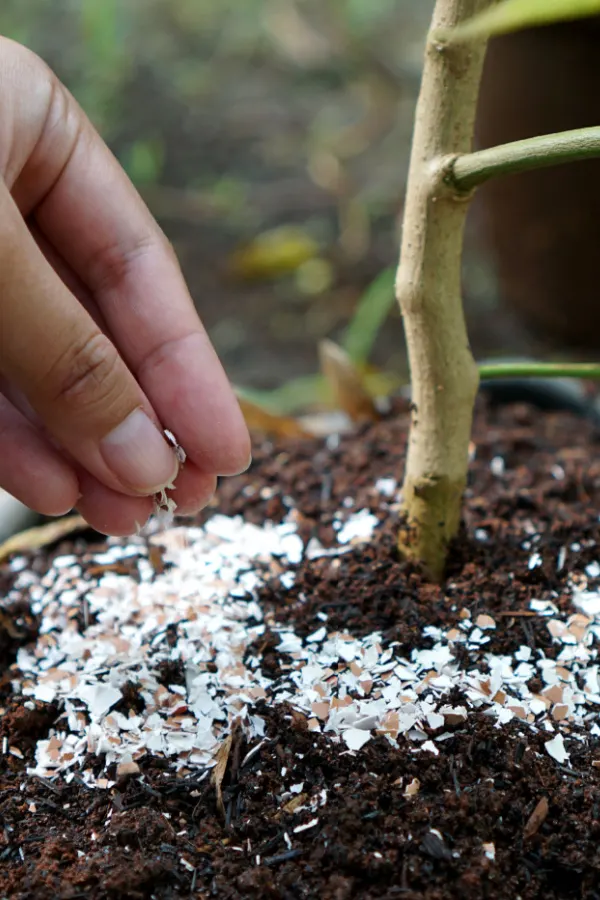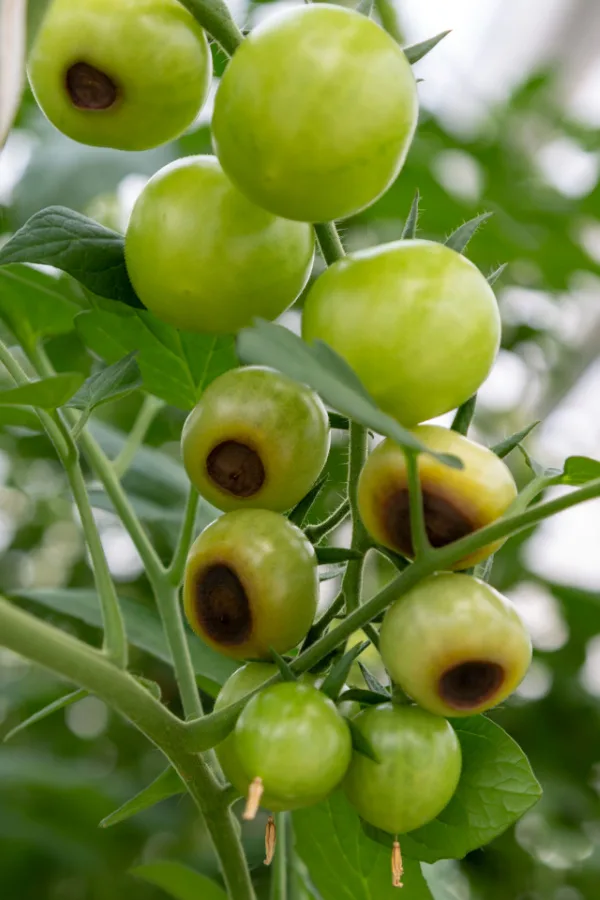Did you know that saving your egg shells and used coffee grounds is one of the best ways to easily power your garden and flowerbeds next spring and summer? And even better – all for free!
Many might think of egg shells and coffee grounds as just a simple byproduct of a morning breakfast. But they actually have incredible value, which is why it’s so unfortunate that they all too often find their way into the trash after breakfast.
But as it turns out, these two breakfast staples are excellent for powering plants. Even more, they can be wonderful for building incredible soil strength and structure. And if that wasn’t enough, they can also protect plants from some pretty common and destructive pests too!

The Power Of Egg Shells
Both egg shells and coffee grounds are teeming with energy and nutrients. Whether the two are used by themselves or together in soil or around plants – they can aid in both powering and protecting plants all at the same time.
Egg shells are full of calcium and trace elements of magnesium, potassium, phosphorous, iron, zinc, and copper. When ground down, they provide plants with the calcium needed for better plant health and cell development. They also happen to be critical for staving off blossom end rot for tomato and pepper plants.
Coffee grounds contain nitrogen, phosphorous and potassium and other trace minerals as well. They not only act as a fertilizer for plants, but are also great for increasing soil absorption. As you will see below, both can also be used to protect plants from pests on the surface too.
With all of those benefits and more in mind, here is an in depth look at all the great ways to use coffee grounds and egg shells in your garden and flowerbeds – and why you should be saving them now for spring planting!

Saving Eggs Shells And Coffee Grounds
Using Coffee Grounds
Coffee grounds can be used right from the start in the spring by incorporating them into seed starting soil. Coffee grounds can absorb and hold moisture incredibly well. And because of that, they are wonderful for adding to your seed starting mix to keep seedlings moist.
It’s actually quite easy to make a simple homemade seed starting soil using grounds. Simply mix together 6 cups of sifted compost, 6 cups of pulverized topsoil, 2 cups of worm castings, 2 cups of perlite, and 2 cups of used coffee grounds. The resulting soil mix is incredible for young seedlings!
You can also use spent coffee grounds when planting vegetable and flower transplants in the garden. Add a few tablespoons in each planting hole to help give the plants a slow release of nutrients. Even better, it also helps them retain moisture, which is important as young transplants establish in the soil.
You can also sprinkle a few tablespoons of grounds on top around the base of each plant. This acts as a slow-release fertilizer, leaching nutrients down to the plants every time you water or it rains. If that wasn’t enough, that coating around the base can also help repel pests such as slugs from inching their way to the plants.
Listen In To Below To Our Podcast On Using Egg Shells & Coffee Grounds!
Using Egg Shells – Saving Eggs Shells And Coffee Grounds
When it comes to egg shells, their benefits certainly rival coffee grounds. And for tomatoes and pepper plants, it may even surpass them!
One of the most devastating things that can occur to tomato and pepper plants is blossom end rot. This is when the fruit of the plants develops rot on one end, severely impacting the harvest. Blossom end rot is caused when a plant is unable to get enough calcium from the soil.
It just so happens that one of the best ways to help rejuvenate calcium levels in the soil is with crushed egg shells. As they decompose, the egg shells release calcium back into the soil. The finer you crush the shells down, the quicker they absorb into the soil and plants.
Eggs shells also release additional trace nutrients as well, and it is one of the best reasons to plant them in every planting hole in the spring. Not just with tomato and pepper plants, but also with other vegetables and annual flowers as well.
You can also sprinkle crushed egg shells on top of the soil around plants to act as a barrier for slugs. When slugs crawl across the sharp edges, their soft skin is unable to navigate well without being cut. (For other tips on stopping slugs, see: How To Stop Slugs Naturally)

Last but not least, any additional egg shells are great for the compost pile, adding valuable nutrients as they break down. The same, of course, goes for coffee grounds too!
Dispelling A Few Myths – Saving Egg Shells and Coffee Grounds
Unfortunately, when it comes to coffee grounds and egg shells, there are a lot of misconceptions when it comes to using them on plants and in the soil.
The most common misconception is about the acidity levels of coffee grounds. The fact is, spent coffee grounds will not drastically change or make your soil more acidic. In fact, they are close to neutral.
The process of brewing takes nearly all of the acid out, and it would take an enormous amount of grounds to make a difference. However, you should not use fresh grounds since they do contain a higher level of acidity. Only brewed grounds (spent) should be used.
On the subject of coffee grounds, you should avoid using flavored or altered coffee grounds as well. Unfortunately, many contain artificial additives and chemicals you simply don’t want around plants. As for decaffeinated coffee, only use if it is naturally taken out.

As far as using egg shells, when using in planting holes, crush them into a fine powder. Too many simply place half broken shells in the hole. Unfortunately, they take so long to break down from that point, they will not help the crop.
How To Best Save Coffee Grounds & Egg Shells In The Winter Months
When it comes to storing coffee grounds safely through the winter, freezing is the best method of all. You can also dry them out before storing them if space in the freezer is an issue. Make sure they are completely dry and place in a tight container.
For egg shells, the first step is to wash them out well. This will prevent any odor from occurring while they are in storage. Then you can either allow them to air dry, dry them in an oven set to a low temperature, or simply freeze them.
Be sure to crush the shells into very fine pieces before storage. A spare coffee grinder makes quick work of this process. (Affiliate Product Link: Coffee Grinder)
Here is to saving egg shells and coffee grounds this year, and to powering your garden naturally this year!
Follow Our Facebook Page For Even More Great Tips! Simple Garden Life Facebook Page
Simple Garden Life is a website dedicated to keeping gardening fun, simple and enjoyable! We publish two new articles each week along with a new garden podcast episode every two weeks. This article may contain affiliate links.
